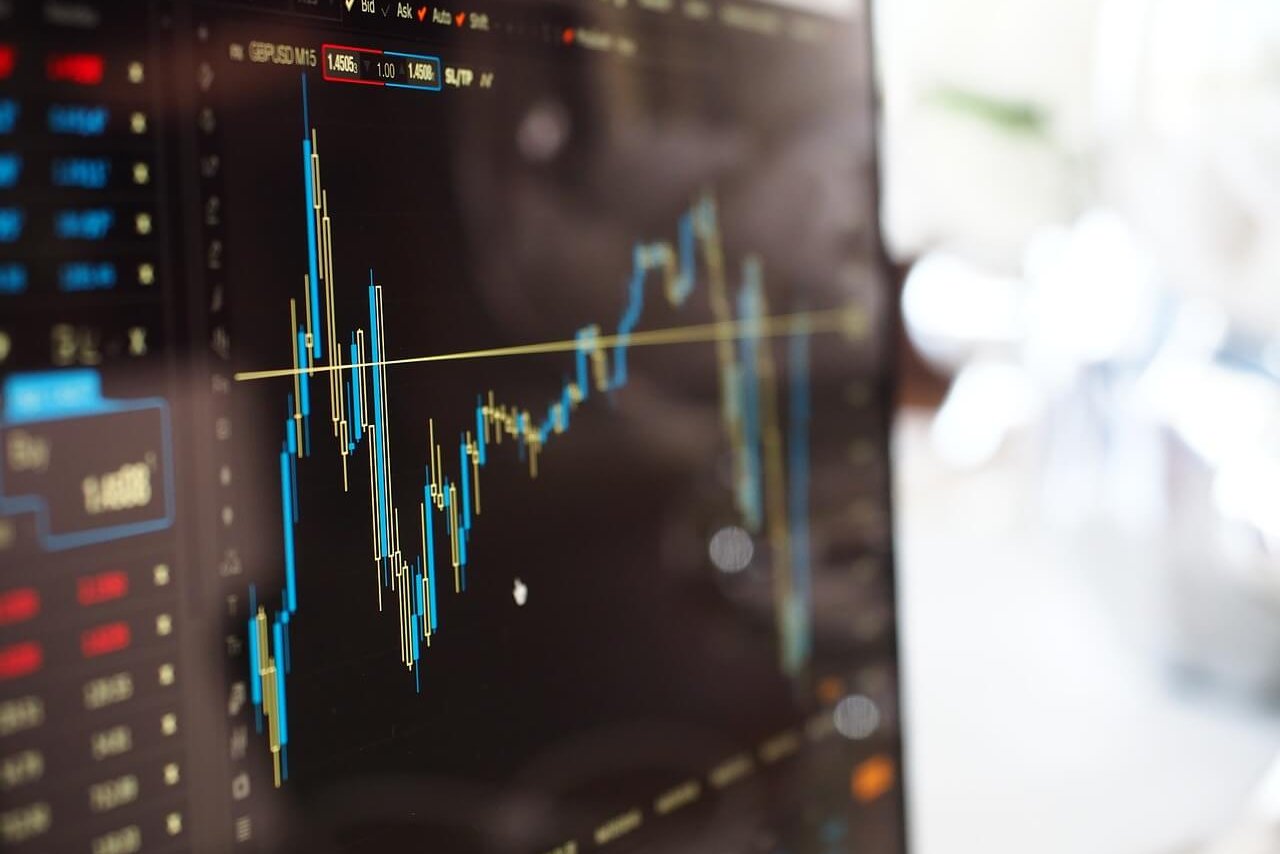

Maker and taker fees could impact how profitable you are as a cryptocurrency trader. To help you get started, we’ve outlined the different fees below.
There are two main methods to placing an order on a crypto trading platform. To become a market maker, you are adding liquidity to an order book by requesting to buy or sell the asset at a certain price, to which there is currently nobody willing to offer to match your request.


The above image shows an order book on crypto trading site Coinbase Pro. The price on the right hand side (in green and red) is the price at which users of the site are attempting to become a maker in the market (buyers in green, sellers in red). If a user wanted to buy Bitcoin at a price of £3926.99, they could place an order at that price. However, as nobody currently exists to sell at that price, the order would sit unmatched on the order book as pictured above. If another user did eventually agree to sell their Bitcoin at the price asked, the trade (their Bitcoin for GBP) would then take place.
At that point, they would be charged a maker fee. This is usually a small percentage of the fiat amount traded (e.g. 0.1%).
A market taker is a user of the order book who wants to buy or sell an asset (e.g. Bitcoin) at whatever the going market rate is (i.e. they’ll take the going price).
Using the order book example above, somebody wanting to buy 0.5 Bitcoin could do so for £3927.00 as a user (or various users) are willing to sell their Bitcoin to him for that price. Conversely, if a user wanted to sell their Bitcoin, they could do so for £3926.99 as a user (or various) are willing to buy from them at that price. They would then be charged a taker fee, which usually reflects the extra convenience afforded so is higher than a maker fee (a typical amount in crypto is 0.3%).
Whilst 0.1% may not make up much of a person’s crypto balance, these small fees can add up to a lot in the long run. Especially for high frequency traders. Therefore, professional crypto traders pay close attention to the fees charged at different exchanges. It is also important to factor in these costs when planning your future trades.
Of course it could save traders money in the long run by switching to an exchange with lower fees, but this benefit should be weighed up against other factors, such as how reputable the exchange is, how reliable it is, and potentially the user experience and other factors.
Denver, Colorado, 24th February 2025, Chainwire
Denver, Colorado, 20th February 2025, Chainwire
Washington, D.C., 18th February 2025, Chainwire
Dubai, UAE, 27th January 2025, Chainwire
Those who enter the market at this time may be surprised to hear that Bitcoin…
George Town, Grand Cayman, 22nd November 2024, Chainwire